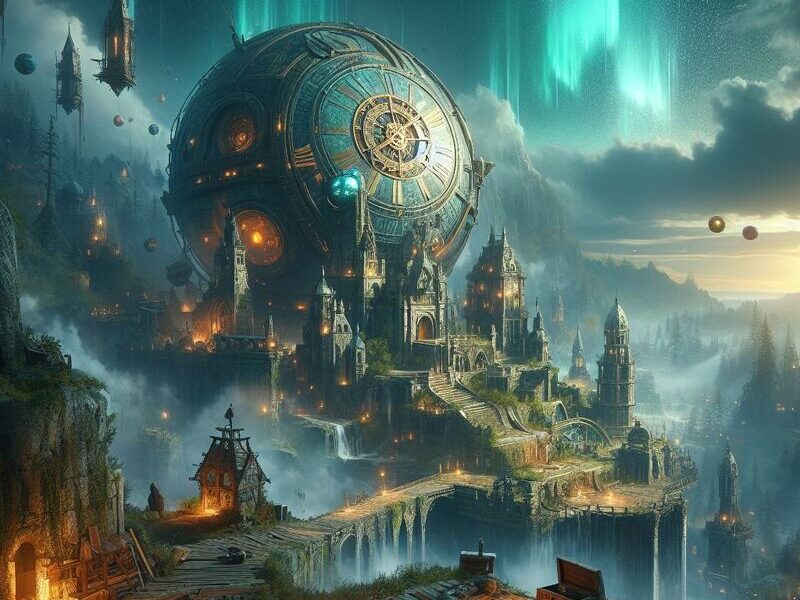Time travel has long captivated the imagination, offering a window into the past and a way to reimagine historical events. In the realm of gaming, this fascination has given rise to a rich genre of historical games that allow players to traverse the annals of time, exploring diverse eras and interacting with pivotal moments in history. These games blend education and entertainment, offering immersive experiences that not only entertain but also enrich players’ understanding of historical contexts. This exploration delves into how historical games recreate past worlds, the challenges involved in designing these experiences, and their impact on players.

Part 1: Immersive Historical Settings
Recreating Authentic Worlds
Historical games thrive on their ability to authentically recreate the settings of past eras. This involves meticulous research to accurately portray the architecture, clothing, language, and societal norms of the time. Developers often collaborate with historians to ensure that every detail, from the layout of ancient cities to the armor worn by medieval knights, is as true to history as possible.
Dynamic Storytelling within Historical Frameworks
While historical accuracy forms the backbone of these games, dynamic storytelling breathes life into them. Players might follow the narrative of a well-known historical figure or an unsung hero, making decisions that align with the known outcomes of that period or veering off into alternate histories. This blend of factual events with interactive storytelling allows players to experience history firsthand, understanding the complexities and challenges of different times.
Part 2: Technologies Enhancing Historical Exploration
Advanced Graphics and Sound Design
The immersion in historical games is significantly enhanced by advanced graphics and sound design. High-resolution visuals bring historical worlds to life, making dusty battlefields, ancient palaces, and bustling market squares vivid and engaging. Authentic soundtracks and ambient sounds further enrich the experience, transporting players directly into the past.
Interactive Elements and AI
Interactivity is key in historical games. Advanced AI enables players to interact with historical figures and common folk who respond in ways that are consistent with the historical period. This AI not only adapts to player choices but also helps to drive the narrative, creating a responsive environment that mirrors the complexities of real historical scenarios.
Part 3: Educational Impact and Cultural Insights
Learning Through Play
One of the most significant impacts of historical games is their educational potential. By engaging with the game, players learn about significant events, cultural practices, and historical figures. This learning happens organically as players navigate the game world, making educational content accessible and enjoyable.
Promoting Cultural Awareness and Empathy
Historical games also promote cultural awareness and empathy by exposing players to the diverse ways of life and historical challenges of different cultures. This can foster a deeper understanding of and respect for the peoples and civilizations that have shaped our world.
Part 4: Challenges in Historical Game Development
Balancing Accuracy with Gameplay
One of the primary challenges in developing historical games is balancing historical accuracy with engaging gameplay. Developers must ensure that the game is entertaining and accessible while still respecting historical facts. This often requires creative solutions to integrate educational content smoothly without compromising the fun and excitement of the game.
Addressing Sensitive Historical Issues
Historical games must also navigate sensitive issues and portray conflicts and cultural differences with respect and accuracy. This requires a thoughtful approach to content, considering how historical events and figures are represented to avoid perpetuating stereotypes or biases.




